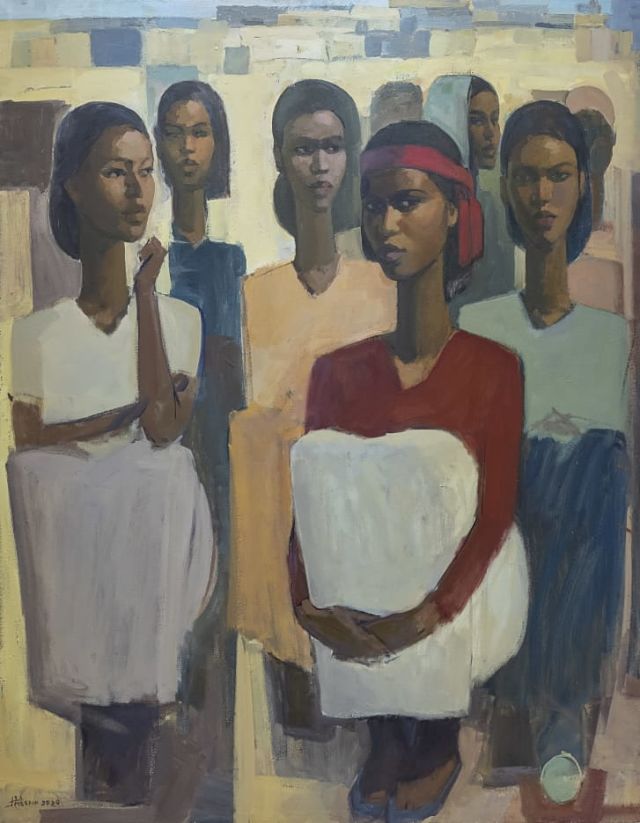CNN
Over the last five years contemporary Ethiopian artists have been making a name for themselves on the global art market, but it’s been a long time coming.
After almost four decades of political turmoil, famine and wars, the East African country has found increasing social and economic stability, with a growing middle class and investment in large-scale infrastructure projects. Since coming into power in 2018, Prime Minister Abiy Ahmed has followed a wide-reaching reform agenda including initiatives to bolster culture.
Founded in 1958, the Ale School of Fine Art and Design in Addis Ababa is one of the oldest fine art schools in Africa, and it was at the heart of Ethiopia’s modernist art movement. The vast majority of the country’s modernist artists trained or taught there — Including the painter and poet Gebre Kristos Desta, who is considered the grandfather of this movement, and Wosene Kosrof, who emigrated to the US and whose work is in the Smithsonian and the UN’s New York headquarters.
Today, many of the school’s former students are the country’s art stars, including Dawit Abebe, whose dramatic paintings often feature foreboding figures with their backs to the world. And Wendimagegn Belete, who specializes in textile and paint collages, or Ephrem Solomon, whose powerful woodcut-inspired paintings have been collected by institutions across the globe, including The Studio Museum in Harlem.
